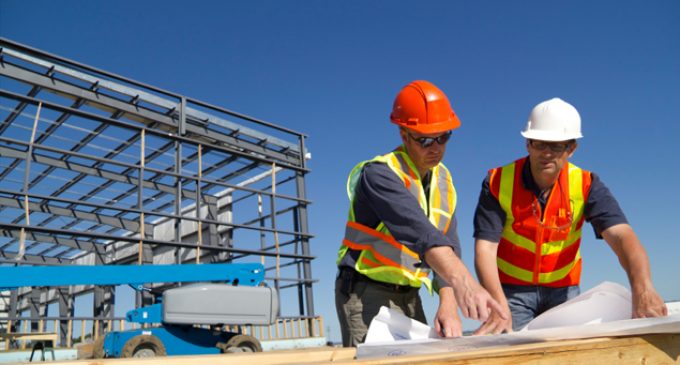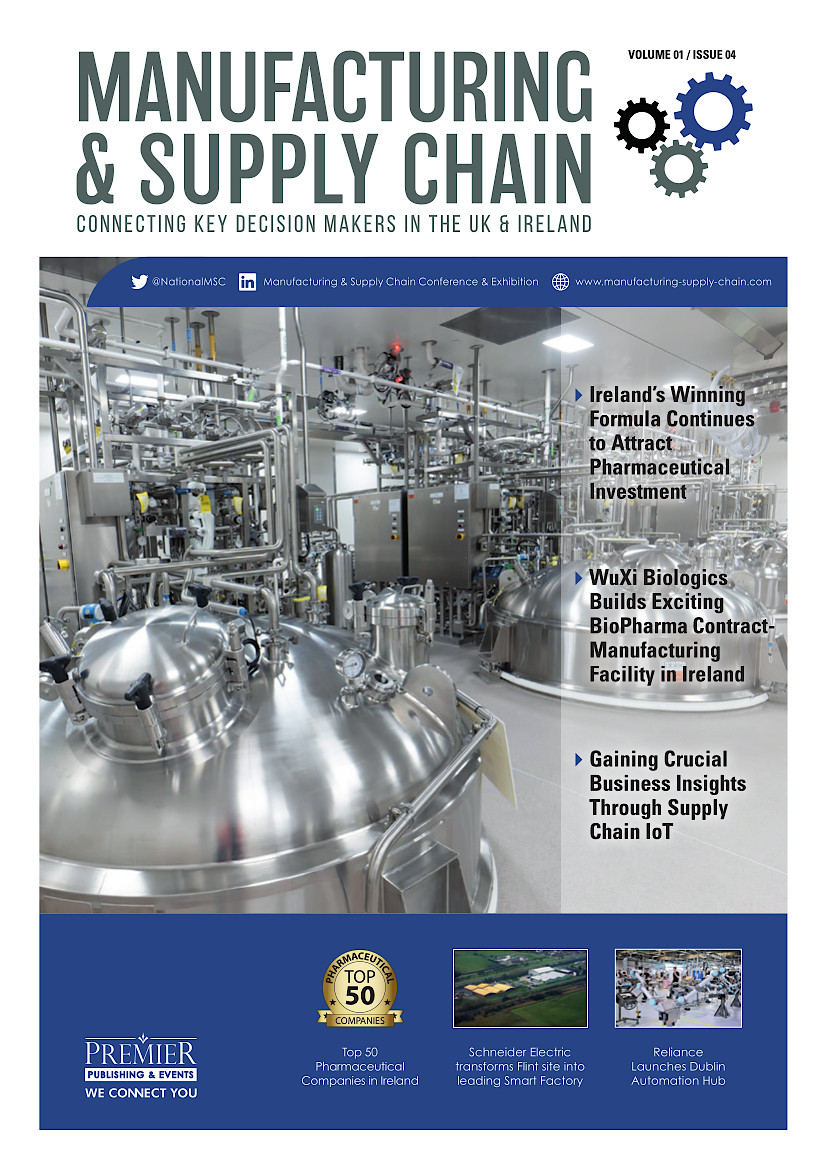Irish Construction could fall short of meeting demands even when it fully opens

As lockdown ends, and building is finally allowed to recommence, Irish construction may not be ready to meet the pent up demands it has to meet. This is one of the themes explored in a new report called Job Quality in the Construction Sector, produced by TASC, the Think Tank for Action on Social Change, in partnership with the Chartered Institute of Building (CIOB).
The report points to the construction sector’s boom and bust cycle as a root cause of many of the problems it faces in areas including productivity, labour shortages and job stability. This, the report suggests, could have serious implications for Ireland’s house and infrastructural building strategies, leading to increases in house prices and delays in provisions in other areas.
Earnings in the Irish construction industry are, on average, good and construction is good for social mobility, according to the report. Pay is close to, but still below the national average, putting Ireland slightly above most other EU countries. However, there are significant variations between occupational groups. Professionals like engineers, architects and directors are, as a group, very well paid in Ireland while less-skilled manual workers are paid below EU norms. It also finds that solo self-employment remains a significant issue, accounting for one in five construction workers, double the rate of the rest of the economy.
In addition, the report suggests that increases in pay over recent years have been linked to a skills shortage unique to the industry, particularly in professional jobs and craft occupations like carpenters or electricians.
The reports recommends that the Government, as the biggest client for the sector, can play a direct role in ending this cyclicality by prioritising a clear, long term pipeline of directly built social and affordable housing.
“The arrival of Covid-19 has thrown a spanner in the works of the recovery which was underway in the construction sector after the last crisis,” said Dr Robert Sweeney, senior policy analyst with TASC and lead author of the report.
“The lockdowns of 2020 and into 2021 put much construction on hold but the supply of housing nevertheless fell only marginally. Important questions now are whether the sector is primed to meet the pent-up demand that has been building since before the pandemic, and whether the public sector will re-enter the housing development space,” he continued.
The report finds that construction provides for meaningful work and a greater sense autonomy for those involved. Most workers feel that they are doing something useful and producing a tangible product to the benefit of society. However, there is evidence that workers in construction are under more time pressure and stress now than during the last boom, and that it remains more hazardous compared to other forms of work. However, the report does find that Irish sites are amongst the safest in Europe.
“The reputation for cyclicality in the construction industry in Ireland is holding back the sector and its output,” said Joseph Kilroy, Ireland Policy and Public Affairs manager with CIOB. “Historically career guidance counsellors have been reluctant to send students into the sector due to its unpredictability, leading to a shortage in professional and craft skills and a lack of diversity in the sector. Compare this with countries like Germany for example where there is positive emphasis on the value of trades and practical work. We have to tackle job quality and stability if we want the sector to be able to deliver on future demands.”
The report discusses how mental health and bullying on sites can be a problem. The sector also remains largely homogenous. While the numbers of women in the sector have increased, construction remains a largely male domain. Many women who study subjects like engineering, for example, don’t go into construction.
Finally, Irish construction is heavily reliant on foreign-born workers. It is estimated that at least 20% are immigrant workers but this is likely to be an under-estimation because surveys do not capture undocumented workers or those who are “usually resident” in the country, who come and work only for a short period of time.
How Construction Can Beat the Boom and Bust and Meet Demand Post Covid-19?
- Increase Public housing: Government to publish a stand-alone, comprehensive pipeline of public housing projects.
- More R&D: Creation of an SME Construction Innovation fund to stimulate investment in research and development.
- Greater Diversity: Cross sectoral strategy to create a pathway for women who study environment subjects to work in the sector.
- Tackle Bullying and Mental Health: Develop supports to prevent and help workers deal with bullying, harassment and mental health issues in the workplace.
- Address Bogus Self-Employment:Carry out research to examine which firms utilise workers who are nominally contractors but are in reality employees. Government can drive enforcement in public procurement practices.
- Close the Pay Gap:Put in place structures to improve the pay of the less-skilled workers through productivity growth and redistribution from relative high scales of professionals and high-skilled workers.



























